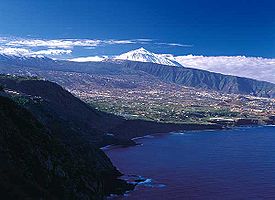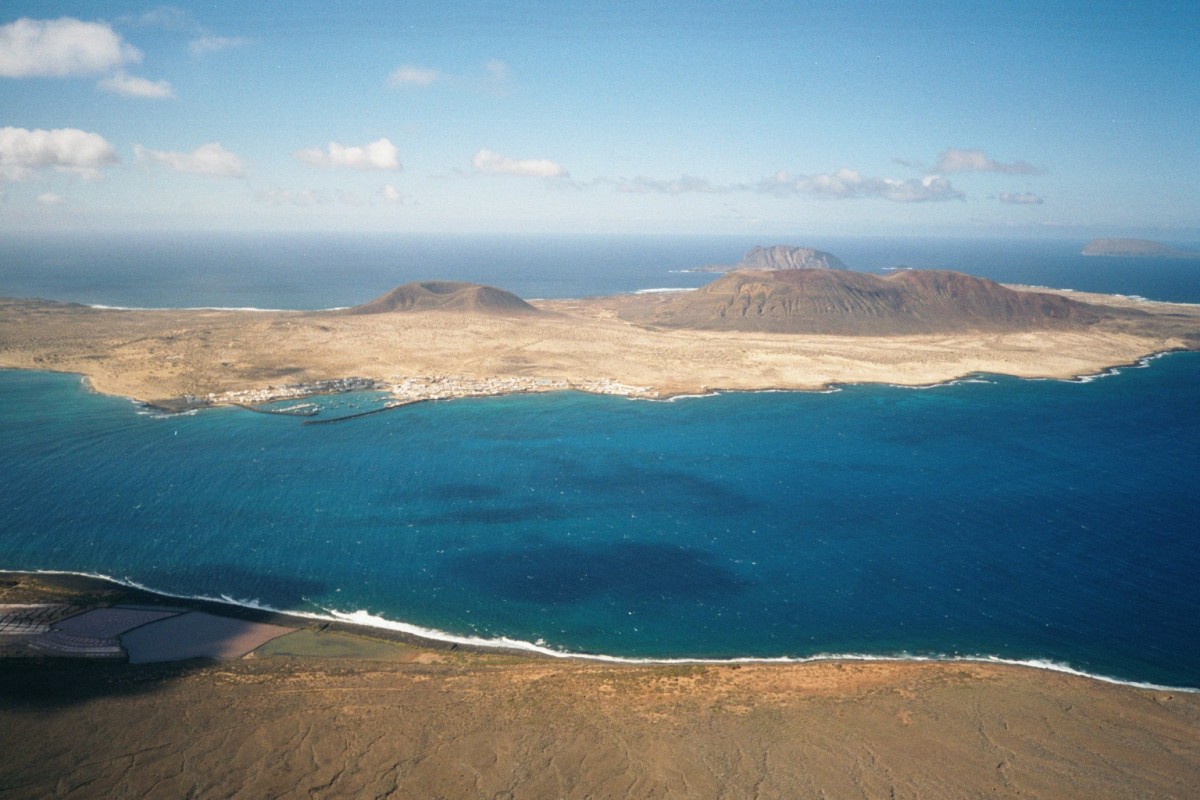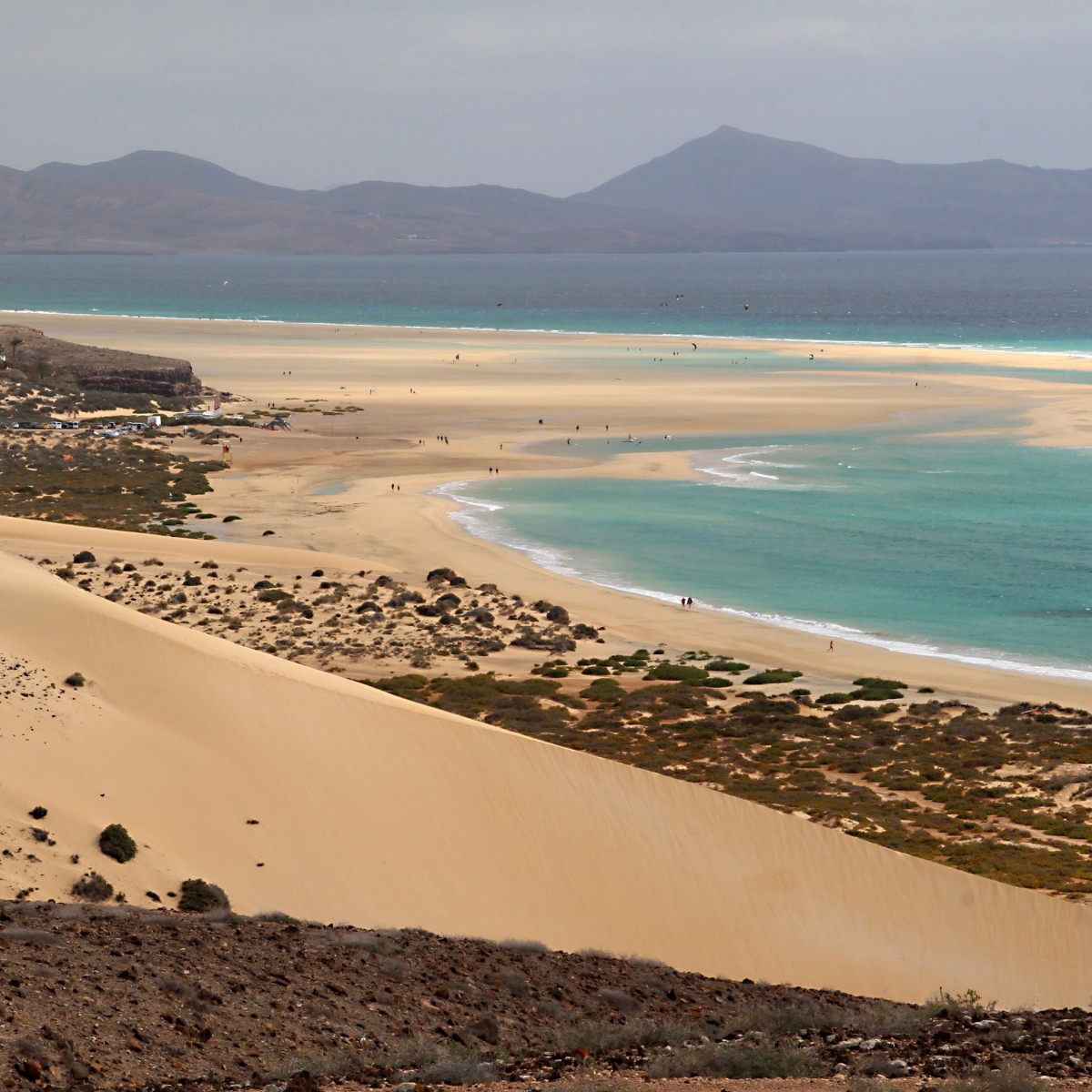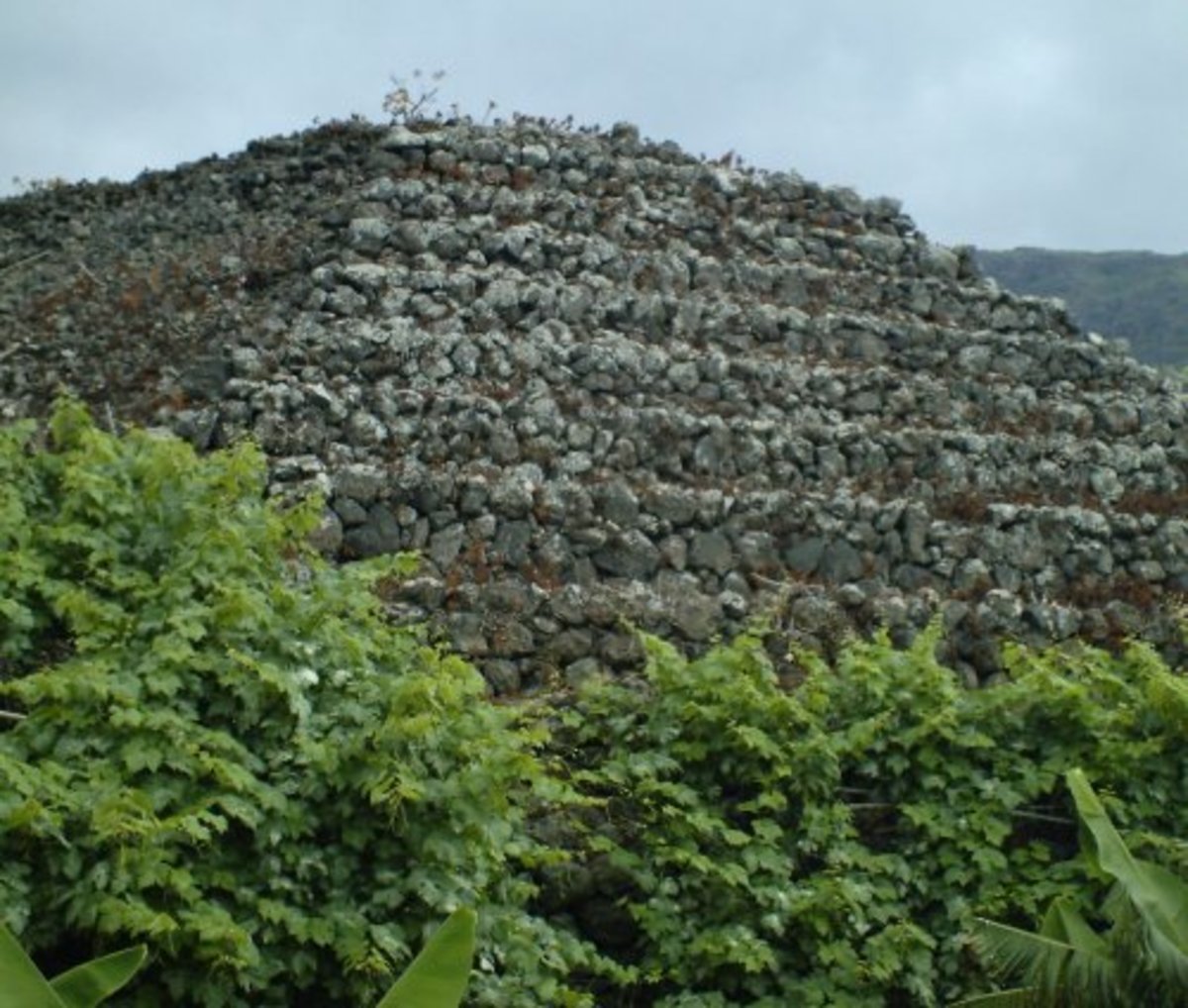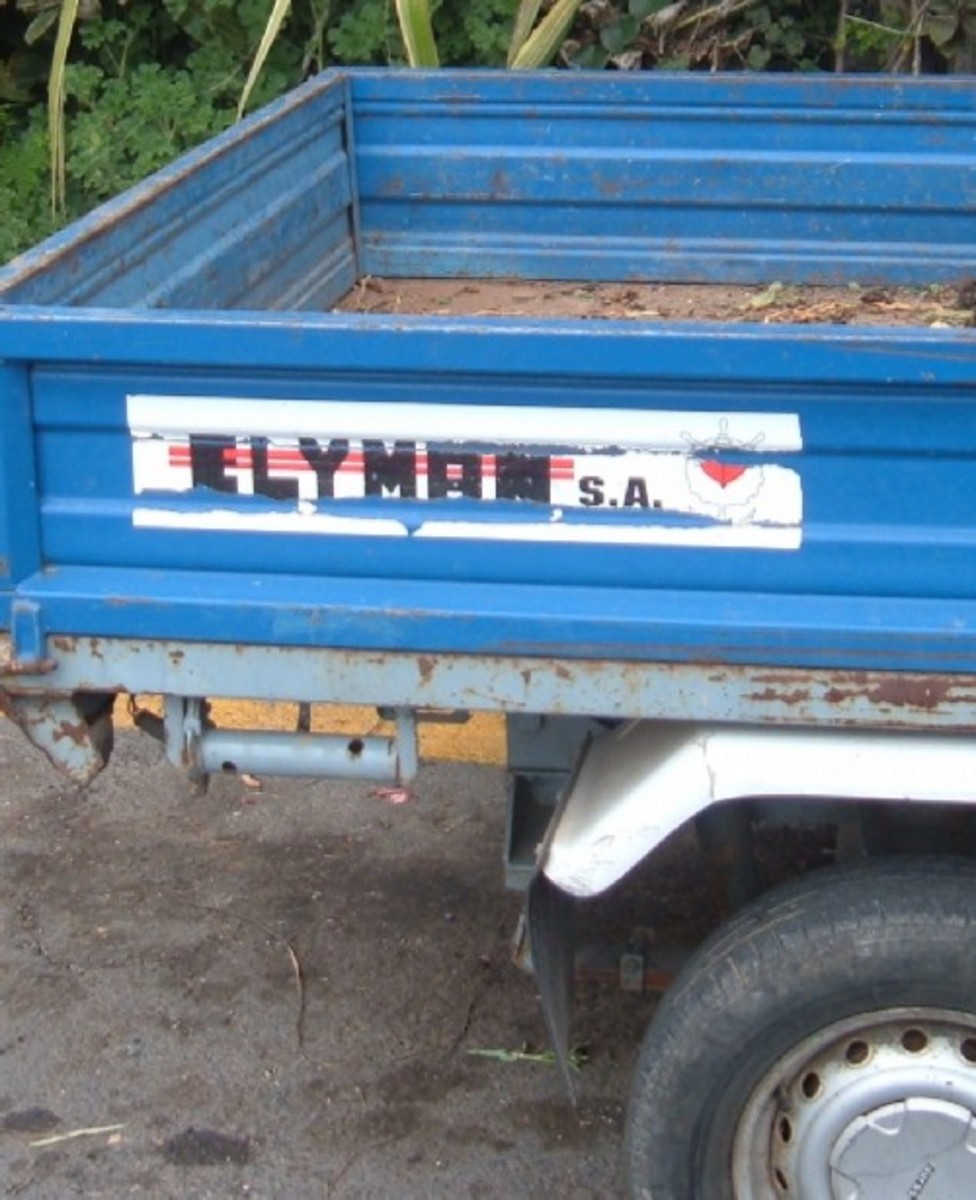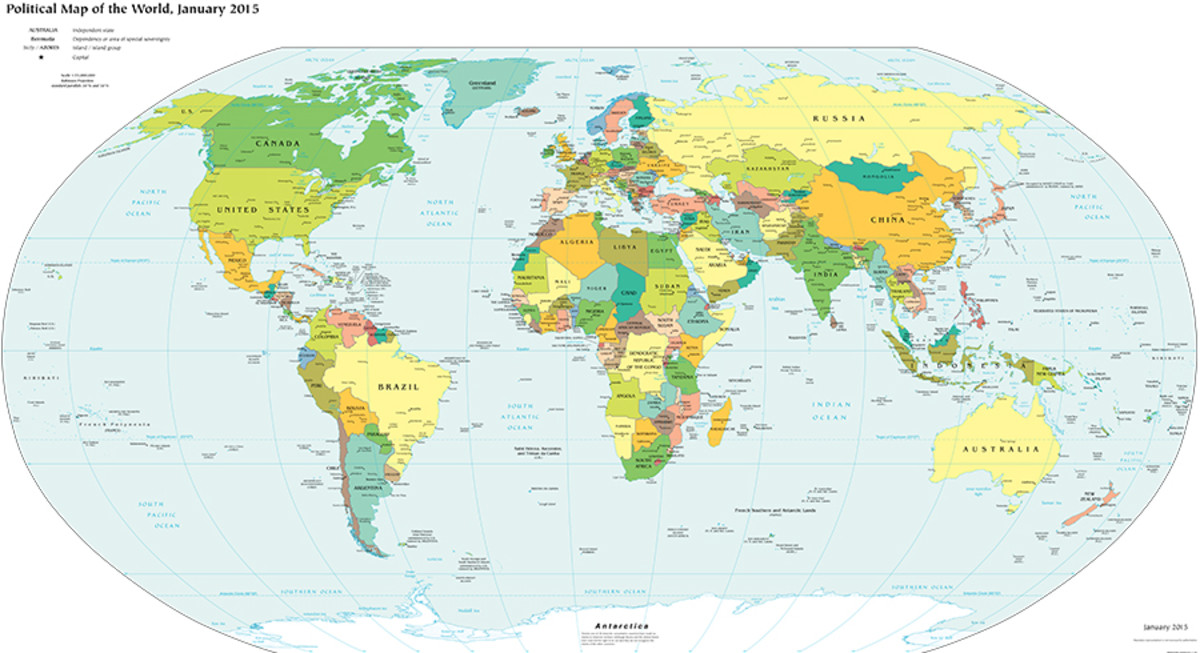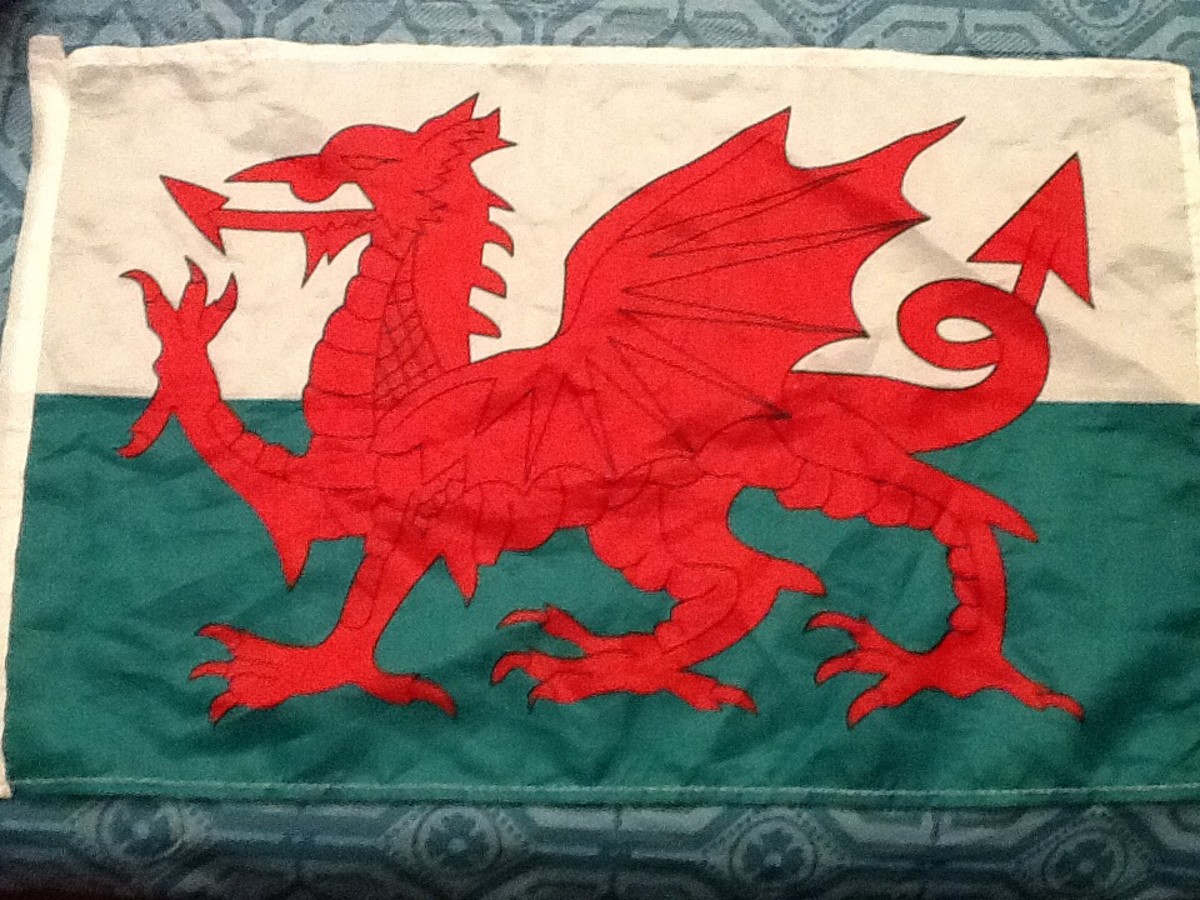Are the Canary Islands named after birds?
Islas de Canarias
The Canaries are made up of seven small islands situated roughly about 80 kilometres off the North-West coast of Africa and have been a popular holiday destination for European tourists since the 1960s.
The most popular islands are Tenerife, Gran Canaria, Lanzarote and Fuerteventura. The others, La Palma, La Gomera and El Hierro have barely been touched by tourism, although they are all relatively close to each other. La Gomera can easily be seen from the beach at Playa de Las Americas on the South Western side of Tenerife, and from certain vantage points you can see La Palma and El Hierro way out in the distance. From the Southern tip of the island on a clear day, the mountains of Gran Canaria can be seen rising from the Atlantic Ocean some 50km to the east. Lanzarote is the Northermost island and can't be seen from Tenerife.

The archipelago was initially known as 'Insula Canaria' meaning 'Island of the Dogs', which is shown in the coat of arms. There is some mystery surrounding these 'dogs' as some say they were a breed of wild vicious animals, while others think that the name comes from the Monk Seals, also known as Sea dogs, which were present on the islands at that time. Another theory is that as the Guanches, the name meaning 'white men', who were the indigenous inhabitants of the islands, were dog-worshippers, the name being derived from the Latin word 'Canaan' meaning 'The ones who worship dogs'
Over hundreds of years the islands suffered several violent invasions from European conquerors and as a result they lost their own identity. It is believed that the Portuguese were the first to land on the island of Canaria -as it was then known- in 1336, then in 1402 Jean de Bathencourt seized power and became the recognised king of the Canary Islands.
The islands became a common route to the new world by Spanish conquerors and traders and soon became quite wealthy. Roman Catholicism became the accepted religion and vast churches and palaces were erected across the islands. The church of El Salvador on La Palma is a fine example of 16th century Spanish architecture.
The British came along in the 18th century and attacked Santa Cruz in the North of Tenerife. and on the 25th July 1797 Lord Nelson fought and lost this battle, along with his right arm and four hundred men.
The 19th century saw a great recession hit the islands. The economy was based mainly on growing and trading sugar, but now that so much was being shipped over from the Indies and the Americas, they had to look for another source of income and began cultivating Cochineal, which did actually save the economy.
At the beginning of the 20th century the British introduced the banana crop to the Canaries and the economy started to boom again, then with the emergence of commercial flights the tourism industry took off. Builders from all over Europe invested money into buying land and building hotels and holiday complexes across the islands that had the most potential.
The islands attract millions of visitors from mainly Europe and mainland Spain every year, mainly to Tenerife, Gran Canaria, Lanzarote and Fuerteventura. Although they are similar in many ways, they are all unique. Tenerife has the climate of a mini continent, with its magnificent centrepiece Mt. Tiede- a living volcano, which is the highest mountain in Spain and the third largest volcano in the world; Gran Canaria, with its wonderful sand dunes and vibrant cosmopolitan night life; Lanzarote, showing the world the magnificent works of its famous architect Cesar Manrique, along with the beautifully scenic lava fields of the Timanfaya nationa park, and Fuerteventura, a surfers paradise, boasting some of the best beaches on the planet!
The smaller less popular islands deserve a mention because they too have something to offer the more discerning traveler. Although they are not as highly geared for tourism as their sisters, they all have a unique quality. Their rugged pine clad ravines and crystal clear waters make them an unspoiled haven for anyone wanting an escape from the norm. There's not a karaoke bar in sight and they are just how one would expect a sub-tropical paradise to be, natural,warm and beautiful.
